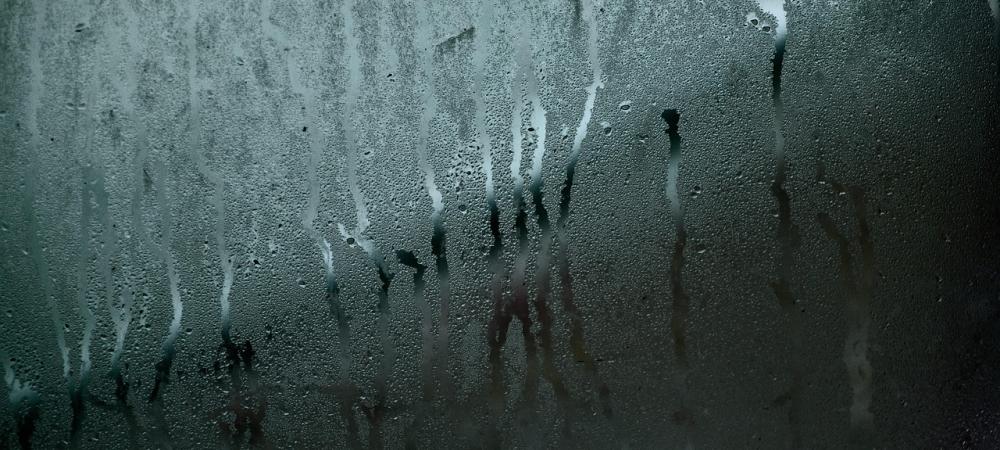Crawl Space Encapsulation vs. Vapor Barriers: What’s Best for New Jersey Homes?

If you’re a homeowner in New Jersey, then you know how humid our summers can get. You may also know that moisture control in your crawl space is critical to preventing mold, improving air quality, and increasing energy efficiency. But when it comes to protecting your home, should you choose crawl space encapsulation or a vapor barrier? Let’s break down the differences, advantages, and potential drawbacks of each so you can make an informed decision that best suits your home’s needs.
Why Crawl Space Moisture Control Is Essential in New Jersey
New Jersey’s climate is a mix of hot, humid summers and cold, wet winters. This fluctuation can create major issues in crawl spaces, leading to:
- Excessive moisture buildup: Encourages mold growth, wood rot, and poor indoor air quality.
- Structural damage: Prolonged moisture exposure weakens wood beams and flooring supports.
- Higher energy costs: Uncontrolled humidity makes heating and cooling your home less efficient.
- Pest infestations: Damp crawl spaces attract termites, rodents, and other unwanted visitors.
Addressing the correct crawl space moisture solution ensures a healthier home and long-term cost savings.
What is Crawl Space Encapsulation?
Crawl space encapsulation is a comprehensive solution designed to completely seal your crawl space from external moisture. The process includes:
1. Sealing the Crawl Space Floor and Walls
A heavy-duty, reinforced vapor barrier (typically 12-20 mil thick) is installed across the entire crawl space floor and up the foundation walls. This high-quality barrier prevents ground moisture from seeping into the space.
2. Closing Vents and Air Gaps
Traditional crawl spaces have vents intended for air circulation. However, in humid climates like New Jersey’s, these vents often bring in more moisture than they remove. Encapsulation includes sealing these vents to maintain a stable environment.
3. Installing a Dehumidifier
Encapsulation often involves adding insulation to crawl space walls or the underside of the home’s flooring. This reduces energy loss, keeping your home warmer in the winter and cooler in the summer.
4. Adding Thermal Insulation
Proper insulation is a key component of crawl space encapsulation. Rigid foam board or spray foam insulation is applied to the crawl space walls to help regulate temperature and improve energy efficiency. This added thermal barrier prevents heat loss in the winter and keeps the space cooler in the summer, contributing to lower energy costs and increased home comfort.
Benefits of Crawl Space Encapsulation:
- Complete Moisture Protection: Eliminates nearly all sources of excess moisture.
- Improved Indoor Air Quality: Reduces allergens and musty odors entering your home.
- Lower Energy Bills: Helps HVAC systems work more efficiently.
- Structural Protection: Prevents wood rot and termite damage.
- Increases Home Value: A properly encapsulated crawl space adds to resale value.
Potential Drawbacks of Crawl Space Encapsulation:
- Higher Upfront Cost: Encapsulation requires professional installation and specialized materials.
- Requires Proper Maintenance: Regular checks on the dehumidifier and barrier integrity are necessary.
